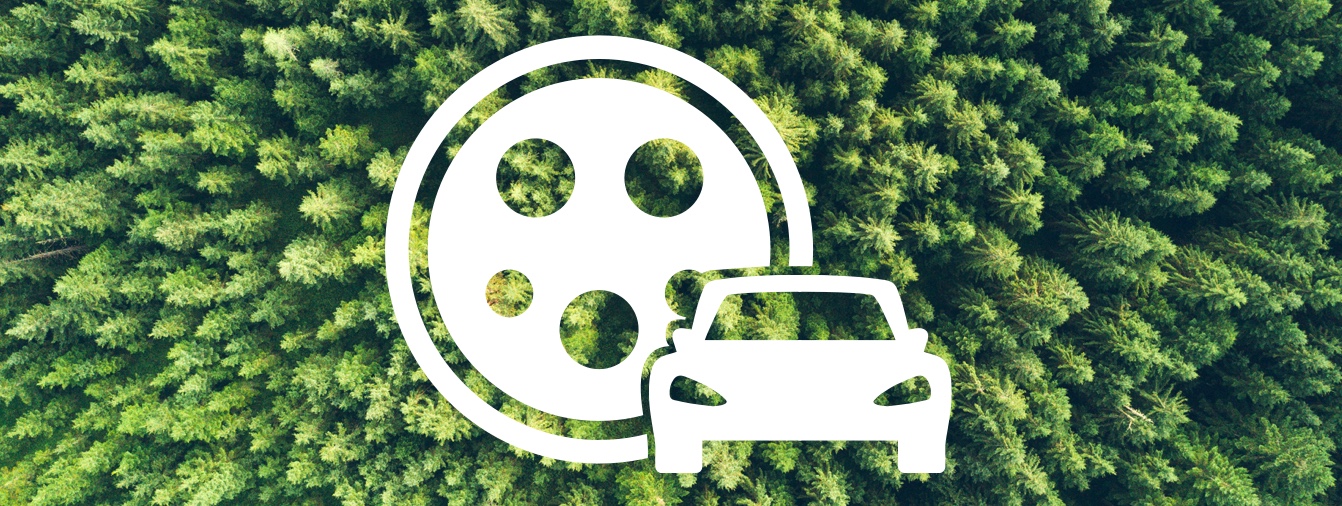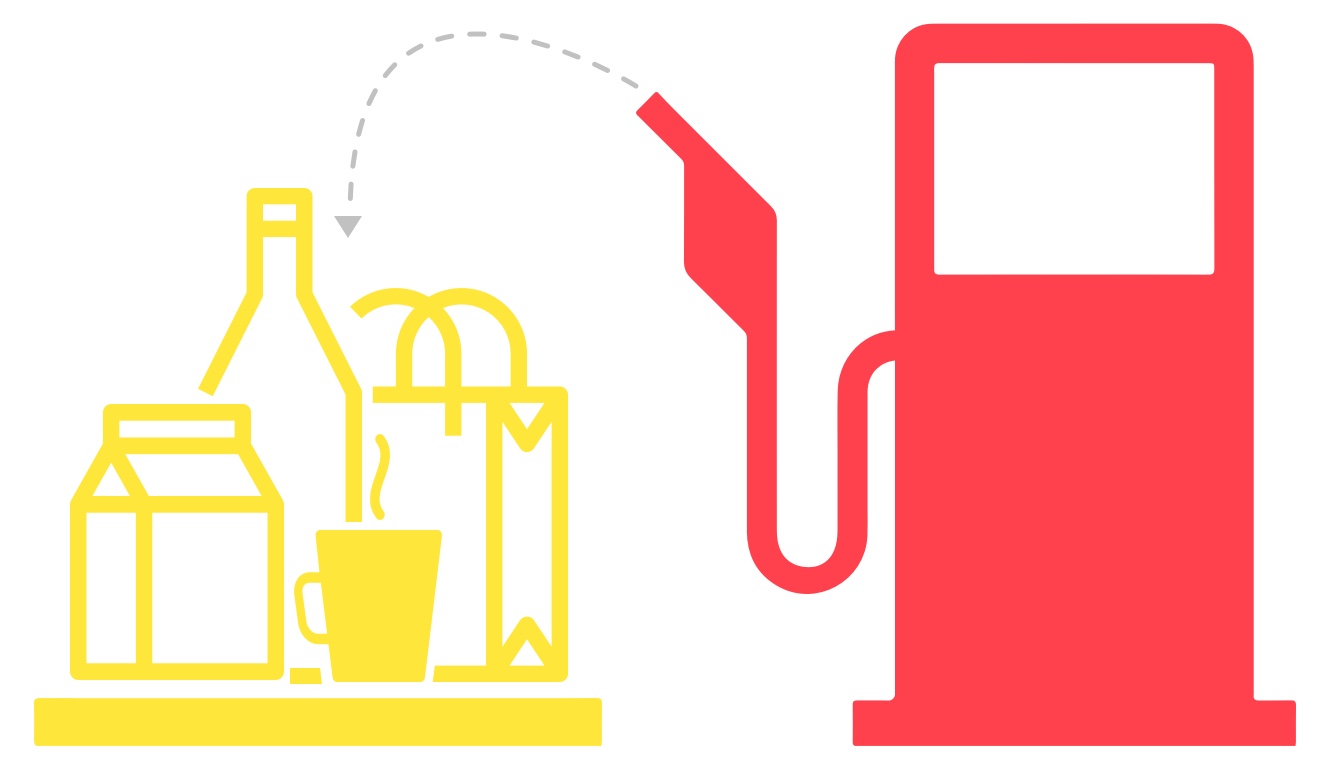Are fuel stations dying? It’s a strange question to ask of a market that is expected to reach $2.7 trillion in revenue globally by 2022.1 But with the rise of alternative fuel sources, ride sharing, electronic vehicles and the impact of changing consumer behaviors and evolving regulations, the question is not so outlandish.
To explore what the fuel station will look like in 2025—and whether it will one day go the way of drive-in movie theatres and public telephone booths—we talked with Publicis Sapient energy and commodity experts in several geographies.
Ujjwal Deb, vice president, discussed the landscape in the Gulf Cooperation Council, an alliance of Middle Eastern countries that includes Saudi Arabia, Kuwait, Qatar, United Arab Emirates, Bahrain and Oman. The region is a study in contrasts that is coming to terms with the global push for more sustainable fuels.
Interview has been edited for style and clarity.















